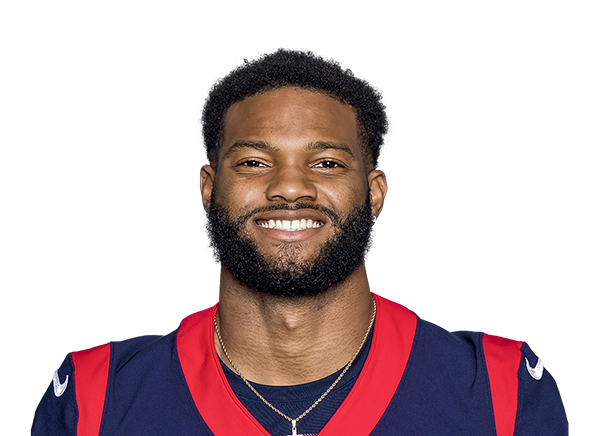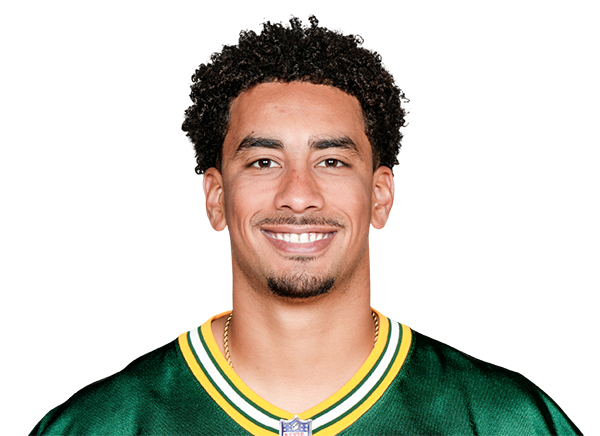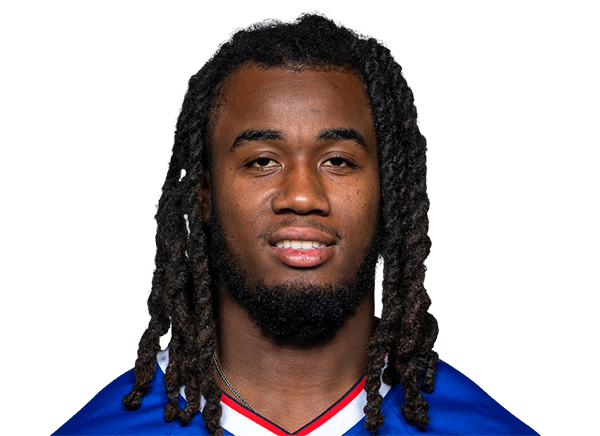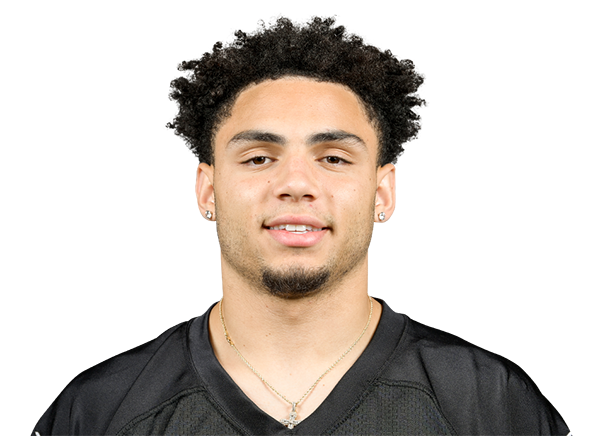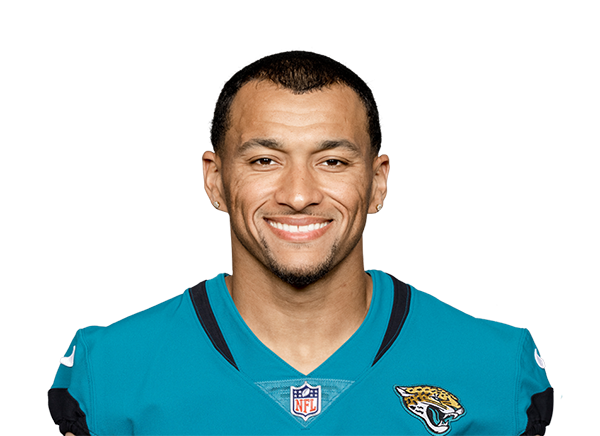Draft Analysis of a Unique 32 Team League
“Empty your mind, be formless. Shapeless, like water. If you put water into a cup, it becomes the cup. You put water into a bottle and it becomes the bottle. You put it in a teapot, it becomes the teapot. Now, water can flow or it can crash. Be water, my friend.” – Bruce Lee
Anytime you get to build up a team from scratch is exciting. I have been in dynasty league for ten years now and have done many different formats – ten to sixteen team leagues, non-ppr to ppr, non-IDP to IDP, etc. Last year, I found my true format love (32 team leagues with doubles of every player and full IDP). Now, for some of you that will seem like a huge undertaking. I won’t lie, it is. The league also holds back 20% of the winnings for a super-pot in year five which causes many to overfavor youth. Here is a link to the draft.
If you are lucky, you get to own your version of your favorite franchise. My team is the Smithville Steelers as I grew up in Smithville, Ohio and the Steelers, according to the tattoo on my right deltoid, are my favorite team. The league started with a 53 round veteran draft with an eight round rookie draft to follow in May after the NFL Draft. There are a few scoring differences. Running backs get fewer points for receptions than wide receivers and tight ends as well as linebackers get fewer points for tackles and sacks than the defensive line positions. An owner can start up to five wide receivers so they are very valuable and all return yardage accumulates points regardless if it’s a cornerback, safety, wide receiver or running back. Not only does this format test your drafting prowess and team management skills, but it tests your ability to negotiate with 31 other owners.
This was the first time I used the “Kentucky Derby” style of picking draft spots. Everyone’s email, divided out between AFC and NFC, got entered into a random draft generator. The first team gets to pick where they want to draft and then the next team until the draft order is complete. I was lucky enough to get the sixth choice and I selected the 16th slot of the 32 teams. This way I would be able to withstand any position runs.
Once trading opened, the league got tested early on as some new owners jumped on some ridiculous trade offers made by some of the veterans. The vets offered their last four picks in the 2013 and 2014 rookie drafts for a veteran seventh rounder. It’s a shame, but three rookie owners took the trades and suffered for it. I’ve been accused on DLF for lacking a “killer instinct” because I do not always try to win my trades by fleecing another owner – I’d rather gain a little value and trust in each trade I make. With 31 other owners, you can afford to burn a few bridges I guess, but what if the few teams you did burn have the players you need? I’d rather not be Michael Weston relying only on Sam Axe and Fiona, but that’s me.
Many owners take different approaches to these leagues.
My friend Peter took the idea from a fellow league mate last year and decided to go for a very youthful approach. His team is the Niagra Colts and as I am writing this he has six 2013 first rounders, five 2013 second rounders, seven 2013 3rd rounders, six 2014 first rounders, and three 2014 second rounders. It is a strong approach, but I prefer basing my team on a solid mixture of veterans, as well as second and third year players, along with some rookies.
As there are 32 teams in this league, I will focus on my draft strategy. Hopefully you will be able to see what I did right and what I did wrong. My draft philosophy is akin to Bruce Lee’s statement at the top of the page. I will not go over all 53 of my picks but will focus on much of my first ten rounds (this article) and highlight picks after that (the next article).
At pick 1.16, I selected C.J. Spiller and this was the last copy of him available (remember there are two copies for every player, but an individual team can only own one version). Ray Rice, Adrian Peterson, and Marshawn Lynch were all available when I picked. Spiller has the least amount of touches of those three and has been very effective with them. It was a pure upside play that might come back to haunt me. At pick 2.17, I took the second copy of Brandon Marshall. Michael Crabtree, Hakeem Nicks, and Victor Cruz went shortly after him. Marshall is turning 29 later this month, but is only getting better with Jay Cutler throwing him the ball. I am excited with new head coach Marc Trestman coming to Chicago with his offensive mind. I’m happy with him as my WR1.
As this draft does a third rounder reversal, I had the 3.17 to make my selection of Matthew Stafford. This was the second copy of him to go, but I thought I needed to get him as the top-tiered quarterbacks were going off the board as seven doubles were already gone. His age and getting to throw to Calvin Johnson were influences in my decision. The pick at 4.16 was a difficult one as I became torn between selecting Ryan Mathews and Jonathan Stewart. With new San Diego head coach Mike McCoy, who did wonders with improving the Broncos running game, I took the chance on the brittle second copy of Mathews. Stewart loses value with DeAngelo Williams and Cam Newton’s presence in run game. This decision could come back to haunt me, too. Mikel Leshoure went right after Mathews, but I do not think the troubled running back will hold onto the starting job for Detroit.
I went back to the wide receiver position with Marques Colston at 5.17. He will be turning 30 in July, but he gets the benefit of catching passes from Drew Brees on game day. I will take that sort of production and work on getting younger at receiver later in the vet draft as well as in the rookie draft that is flush with young talented wide receivers. Jeremy Maclin was my target, but was picked earlier in the round. At pick 6.16, I went back to my love of Mark Ingram. It has not been matched by his play, yet, but I am still hopeful. He did well when he was given 12 carries or more last season. Hopefully Chris Ivory will leave via free agency so he will have one less running back competing for the starter’s job.
By the time it was time for me to pick at 7.17, eight top-tier linebackers were gone. Since you can start up to four linebackers, I took the plunge with Lavonte David from the Tampa Bay Bucs. He led his team with 112 solo tackles and he will only get better entering his second year. My next two picks, 8.27 (moved back 11 spots as a result of moving forward 21 spots from the middle of the rookie third round to the end of the second round) and 9.17, took advantage of lazy owner thinking. I drafted Greg Olsen at 8.27 and Dennis Pitta at 9.17 as you can start a second tight end as a flex. There was more value at taking two tight ends when only half the teams had one tight end than it was to reach for a wide receiver. After this pick, I made a few trades that ended up with me trading my tenth rounder and 16th rounder for two 13th round selections.
Next time I will continue with the rest of the veteran draft and not get into all the gory detail as this one.
Follow me on twitter @AndrewMiley
[inlinead]
















